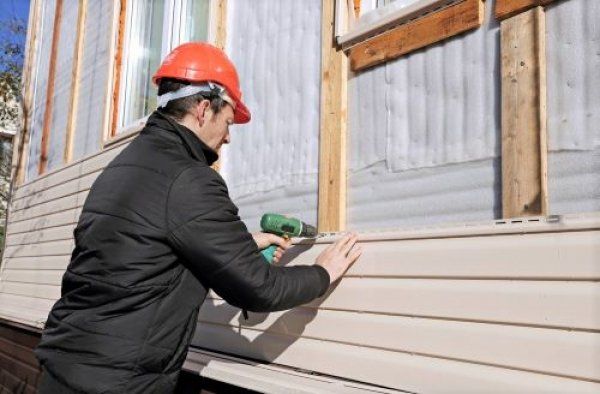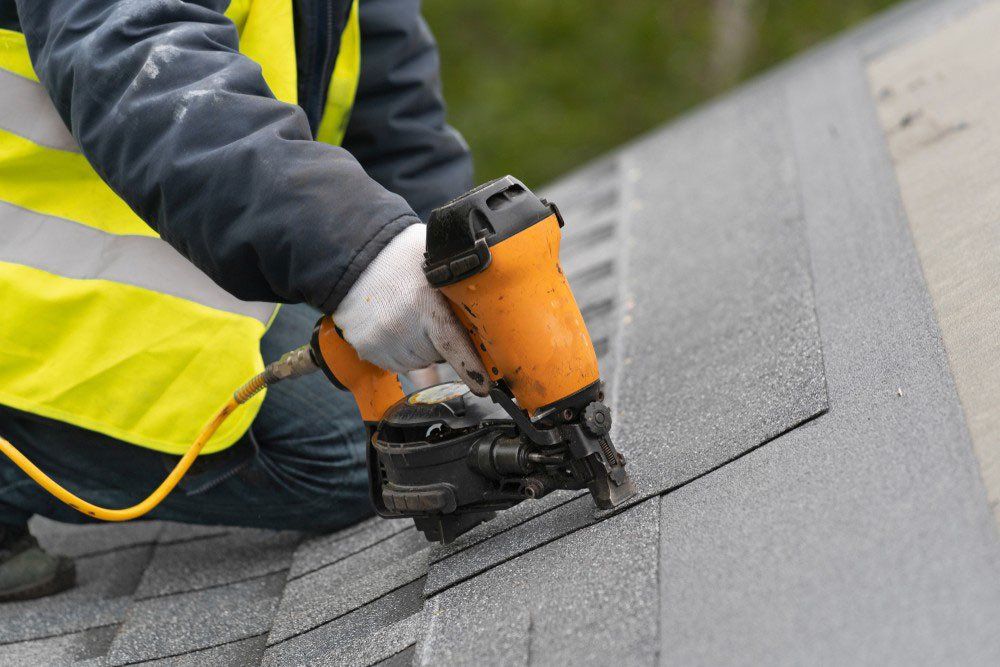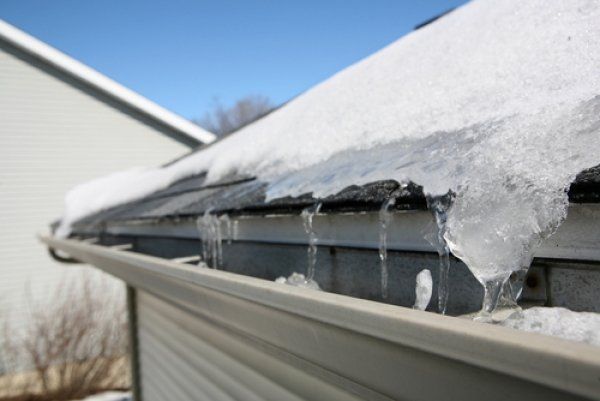How to Inspect Your Roof Like a Professional Lakewood Roofer
As a homeowner, you have a responsibility to maintain the condition of your property. Over time, various parts of your home will become damaged and will need professional repairs from a qualified Lakewood roofer. It’s up to you to catch those signs of damage as they develop before they lead to further property damage. And while it might not sound appealing, you need to get in the habit of inspecting your roof for damage on a regular basis. As Lakewood roofing experts, we’re here to help guide you through the necessary steps of your routine roof inspection.
We’ve synthesized the roof inspection process down to a handful of steps. Stick with our helpful guide and soon enough you’ll be inspecting your roof like a pro roofing contractor.
A Straightforward Guide to Inspect Your Roof Like a Lakewood Roofer
The National Roofing Contractors Association recommends that homeowners inspect their roofs at least twice a year (in the fall and the spring). By conducting these biannual inspections, you’ll be able to spot potential problems and concerns before they get worse. And if you want to do a thorough inspection, you’ll need to set aside at least 45 minutes to examine your roof.
You should also get in the habit of briefly inspecting your property following any major hail storms or snow storms (once the conditions are safe). This will help you spot roofing damage quickly and seek out Lakewood roof repair services even faster.
Exterior Inspection
You should begin your inspection by first examining the exterior of your property. Before you even climb onto your roof, take a stroll around your home. Keep your eyes peeled for any roofing materials (e.g., shingles, flashing, etc.) that may have fallen off your roof or been blown off by the wind.
Don’t forget to examine your home’s siding as well during your walk. Do you see any dark streaks or stains along your siding? If so, those streaks are likely spots of water damage that may be due to faulty gutter systems.
Now it’s time to get up on the roof itself for a closer inspection. Try to examine the entirety of your roof systematically, by inspecting one area at a time. For example, if your home has roofing on multiple levels, you could begin your inspection on the lower roofs.
As you work through various areas of your roof, be sure to look out for common signs of roof damage. These may include things like:
- Rusted, dented, or loose flashing
- Cracked sealant
- Broken or warped shingles
- Loose or missing shingles
If you notice something that may look damaged, take a photo of it with your smartphone! This will help you keep a log of concerns and problems to bring up with your Lakewood roofer later.
Don’t Forget to Be Safe!
Let’s be perfectly clear: When you’re on top of your roof, you must always prioritize your personal safety. A slip and fall from your roof can result in serious injury. So, when you are visually inspecting your roof’s exterior, make sure you take the right safety precautions. Some of the best roof safety tips include recommendations such as:
- Ensure the weather conditions are favorable for your inspection (e.g., cool and sunny, little wind, clear skies, etc.).
- Wear shoes or work boots with soft rubber soles for extra traction.
- Be certain your ladder is stable, accessible, and tied to your roof/gutter system.
- Maintain a three-point contact with your ladder (two feet and one hand, or two hands and one foot) when stepping onto or off the roof
If you ever feel uncomfortable or concerned about your safety, then just call in your roofing contractors to finish the inspection. Trust us: it’s better to be safe than sorry.
Interior Inspection
Once you’ve finished inspecting the exterior of your roof, you’ll need to take a look at the structure underneath it. Your roof may look great from the outside, but some signs of damage can only be spotted from the inside of your home. Take some time to look through your attic and top-level rooms to check for common signs of roof damage, such as:
- Water stains on your ceilings and walls
- Beams of light coming through the boards and rafters of your attic
- Moisture hanging in the air of your attic
- Mold growths on your insulation
- Poorly installed or decaying insulation
You should also take note of any recent increases in your energy bills. If your heating and energy costs have gone up in recent months, your roof may have some damage.
At this point, you’ll be all wrapped up with your roofing inspection. While you likely checked for all the signs of damage discussed here, you may have missed some things.
Only a quality roofing contractor will be able to accurately assess the condition of your roof. If you notice even a single sign of roof damage during your inspection, then you’ll need to get the damage checked by reputable roofers near you.
Get Your Roof Inspected by the Top Lakewood Roofing Experts
When your roof has become damaged, there is no better place to turn than Michaels & Marc. Our veteran roofers have been repairing, restoring, and replacing roofs all along the Front Range of the Colorado Rockies since our inception. We’re dedicated to serving our local communities and to delivering top-tier craftsmanship with every roofing project.
Contact Michaels & Marc today to get your roof inspected by our highly experienced Lakewood roofing experts.
Residential Services
Commercial Services
All Rights Reserved | Michaels and Marc Restoration | Designed by Lingows Media



